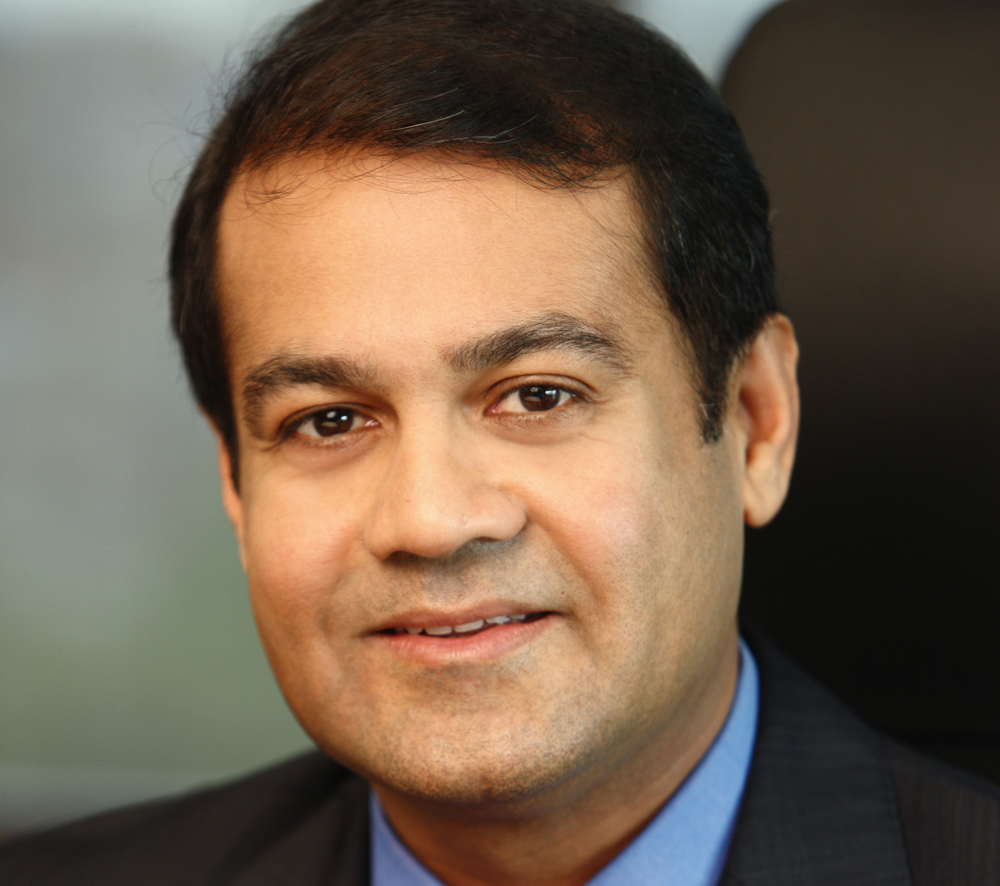Retail Jeweller World
We will work towards improving the image of the diamond industry with banks and the government: Colin Shah

After becoming the vice-president of Gems and Jewellery Export Promotion Council (GJEPC), Colin Shah talks about the road-map to boost industry growth.
TRJ: Congratulations on becoming the Vice Chairman of GJEPC. How would you like to look back at your journey so far in the industry?
Colin Shah (CS): The journey began with a diamond grading course at Indian Institute of Gems and Jewelry (IIGJ). I entered the diamond jewellery business at the age of 17. It all began by catering to specific jewellery needs of a closed group of family and friends. Success in my initial endeavours propelled me further into the jewellery business and I set up my own manufacturing unit. Soon, the export market beckoned, followed by a foray into the domestic market. And the journey continues.
TRJ: What kind of roles and responsibilities are usually attached to this position in GJEPC? How would you like to discharge these duties?
CS: GJEPC, being the apex industry body for gem and jewellery, the prime focus of the council is to boost sector exports and going forward, this will continue to be our main mission. The council spearheads numerous promotional activities both at domestic and international level by organising and participating in gem and jewellery shows across the world and buyer-seller meets amongst many other business facilitating activities. In addition to this, GJEPC has been actively involved in creating a conducive environment for trade and business by facilitating ease-of-doing business through its services and bringing in policy reforms for the growth of this sector.
In my capacity as the role of GJEPC Vice Chairman, I would like to pursue a holistic approach in addressing issues which are currently hindering the growth of our industry and at the same time, ensure that we continue doing the good work in various areas which is the result of exemplary efforts by my predecessors. GJEPC has also become very relevant globally with its role in WDC, WFDB, or CIBJO and this will also be an area of focus for me.
TRJ: What are the key industry concerns which you would like to address during your tenure?
CS: I’ve set a priority list of the industry concerns. The first would be improvement of the image of diamond industry with banks and the government. I want to help bring ease of working in special economic zones, ease in GST compliance and KYC norms. I also plan on facilitating aggressive campaigns to boost demand for gems and jewellery. Last but not the least, I want modernisation of GJEPC education institutes.
TRJ: You have said previously that you will aim at improving the manufacturing infrastructure by setting up jewellery parks across the country. How significant will jewellery parks turn out to be in enhancing manufacturing?
CS: This kind of a facility will definitely benefit the SMEs. With state-of-the-art jewellery parks, modern facilities such as 3D-printing, laser printing, casting will get within the reach of the SMEs. The CAPEX gets reduced on account of common facilities being made available.
TRJ: You have also spoken about improving the image of the industry with banks and the government. What’s GJEPC’s outlook on this aspect?
CS: To the government, we need to constantly remind the importance of this industry in the Indian economy which contributes around 7% to the total GDP. Moreover, it’s a labour intensive industry which employs more than 4.5 million people. By bringing in policy reforms in favour of the industry, the government will help improve jewellery production and its contribution to our economy.
Also, we need to improve the image of the industry with banks since, in the last few years, the bank finance to the industry has been depleting, especially in the diamond sector. This may impact the ability to grow business. There is a need for thrust of finance to medium and small enterprises which require funding from Rs 1 crore to Rs 50 crores. Historically, bankers have lost money while dealing with very large clients. However, only one percent of the banker’s exposure has lost money in case of medium and small enterprises with turnover between Rs. 2 crore to Rs.150 crore.
TRJ: What is the GJEPC roadmap towards bringing in policy reforms that are conducive to the trade and business?
CS: GJEPC has been conveying the importance of this industry to the economy of the country, and asking for reforms in the sector to stay competitive in the global market. Some of the policy reforms for the sector that we have asked the government to consider in the upcoming budget include introduction of a realistic, presumptive taxation for cut and polished diamond/coloured gemstones, turnover taxation for foreign mining companies (FMCs) operating at special notified zone (SNZ) or India Diamond Trading Centre (IDTC) and introduction of job work model in diamonds, precious and semi-precious stones industry. We have also appealed for reduction of import duty on precious metal gold from the present duty of 10% to 6% and inclusion of diamonds and precious metal jewellery (both plain and studded) under Merchandize Exports from India Scheme (MEIS). All these points have been conveyed to the government as pre-budget recommendations. These reforms are crucial for the industry to remain competitive in the world market and we expect that this time, the government will consider them and put the industry back on a growth trajectory.


















You must be logged in to post a comment Login